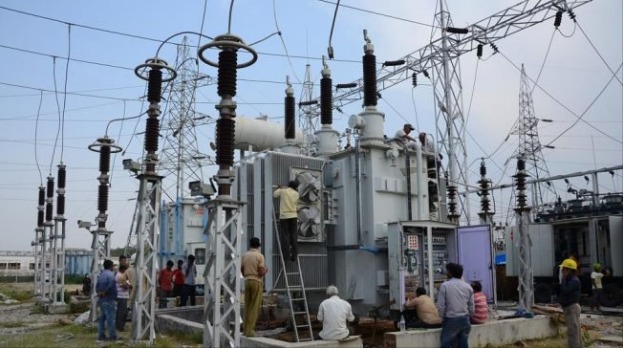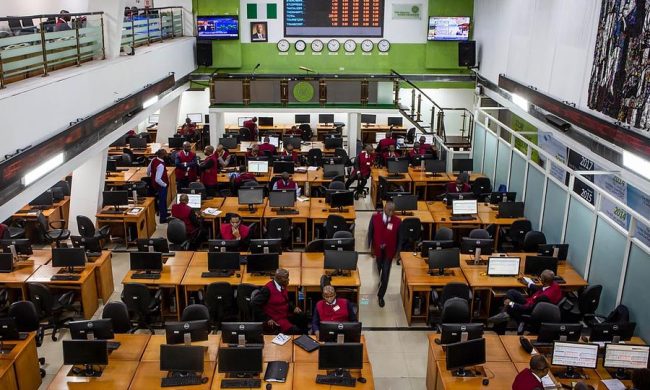- Say power distribution averages 3,987MW daily
A new operational report from power generation companies (Gencos) in Nigeria yesterday showed that the volume of stranded electricity – power unable to get to the national grid, has gone up to 4,159 megawatts (MW), up from the 1,030MW that was stranded when the power assets were handed over to the private sector in November 2013.
The report also showed that daily power distribution grew marginally from 3,183.51MW in 2013 to 3,987MW in April 2020.
The Gencos, under the aegis of the Association of Power Generating Companies (APGC), explained that they grew their power production capacities from 4,214.32MW in 2013 to 8,145MW in 2020, but could not supply all the volume to the national grid for distribution due to various systemic challenges.
The report stated that stranded power rose from 1,030.80MW in 2013 to 2,734.94MW in 2014; 3,010.24MW in 2015 and 3916.80MW in 2016.
It dropped to 3,372.72MW in 2017 before rising again to 3,520.12MW in 2018, 3,599MW in 2019 and 4,159MW in 2020.
According to the Gencos, stranded volumes of electricity within the first quarter of 2020 were 3,791MW in January; 3,949MW in February; 4,406MW in March and 4,489MW in April.
An average of 3,987MW was distributed across the country within the quarter.
“The supply growth from the takeover date of November 1, 2013 to date shows that available generation capacity, which was 4,214.32MW, has increased by 93.27 per cent to 8,145MW (as Gencos recovered 3,930.68MW).
“Due to system constraints, generated power is rejected or forced to be reduced to match the infrastructure that transmits and distributes this power to the customer.
“A case in point: In Quarter 1 2020, despite an available generation capability of 8,145MW, Gencos were only allowed to generate 3,987MW, thus losing an average of 4,159MW daily,” the report said.
The Gencos explained the implication of the development on their operation, saying: “With a total available installed generation capacity of more than 7,500MW and maximum wheeling capacity of not more than 5,500MW, there will always be a recurring instance of about 2,000MW idle generation.” The report added: “Idle generation represents capital investment not able to yield revenue that will hence impact the ability of the Gencos to support efficient operations and service loans used in developing the power plants.
“Out of the meagre 5,500MW of transmission wheeling capacity, the Discos have not proven to be able to distribute more than 4,500MW, continuously leaving yet another 1,000MW of generation capacity unutilised.
“In total, due to the combined technical incapacitation of TCN and the Discos, the Gencos are unable to deploy a total of 3,000MW of capacity that would ensure sustainable profitable operations. If one considers the fact that the Discos have in the recent past been operating around 3,500MW or below, this figure escalates to 4,000MW of idle capacity,” they added.
Also, APGC Executive Secretary, Dr. Joy Ogaji, said the government’s recent upward review of the Valued Added Tax (VAT) from five per cent to 7.5 per cent raised the Gencos’ gas purchase price by $0.25; from $3.465 per million standard feet (mscf) to $3.55.
Ogaji told THISDAY that Gencos such as the Geregu power “has suffered between February and now N210 million on account of the VAT increments which cannot be passed to anyone.”
She noted that the gas cost price approved by the Nigerian Electricity Regulatory Commission (NERC) in the generation tariffs of the Gencos and subsequently recognised by the Nigerian Bulk Electricity Trading Plc (NBET) in its payment schedule was $3.30/mmscf, adding that with five per cent VAT, it was $3.465/mmscf but now $3.55/mmscf with 7.5 per cent VAT.
Ogaji said: “Thermal Gencos suffer the $0.25/mmscf for every gas consumed to generate power to Nigerians; though Gencos on paper have a buffer to assist with these risks, they are in reality orphans.”
Source: THISDAY














